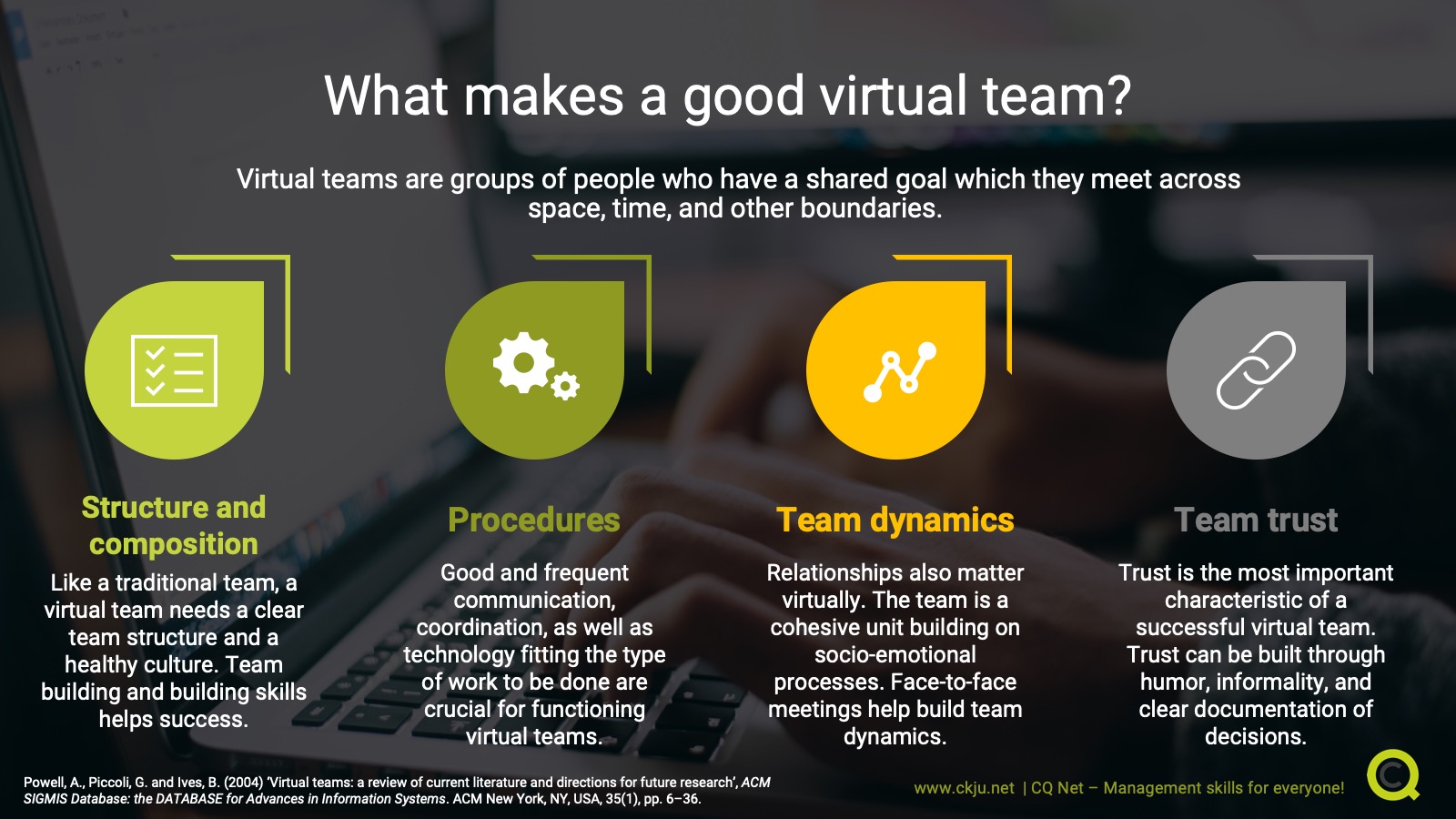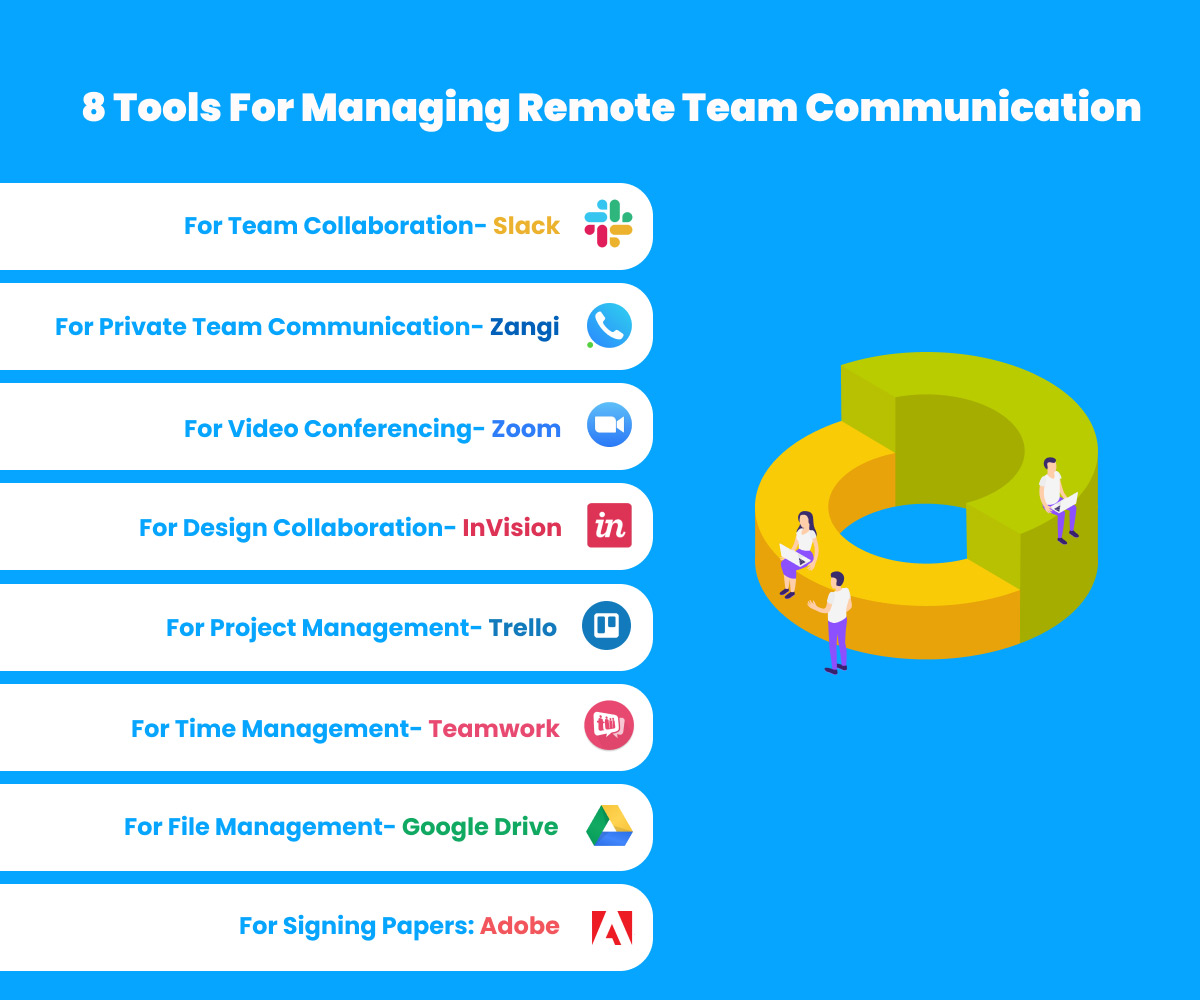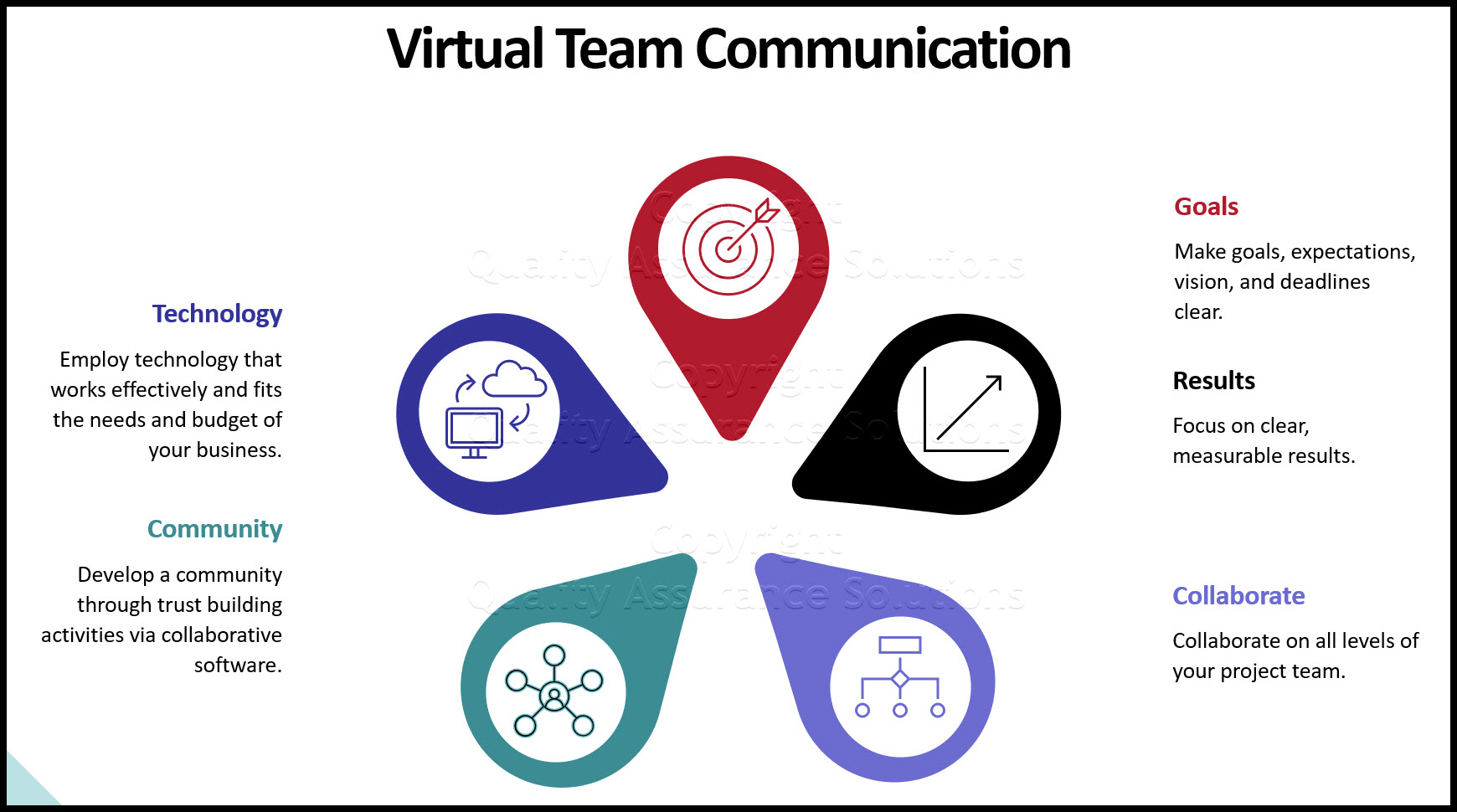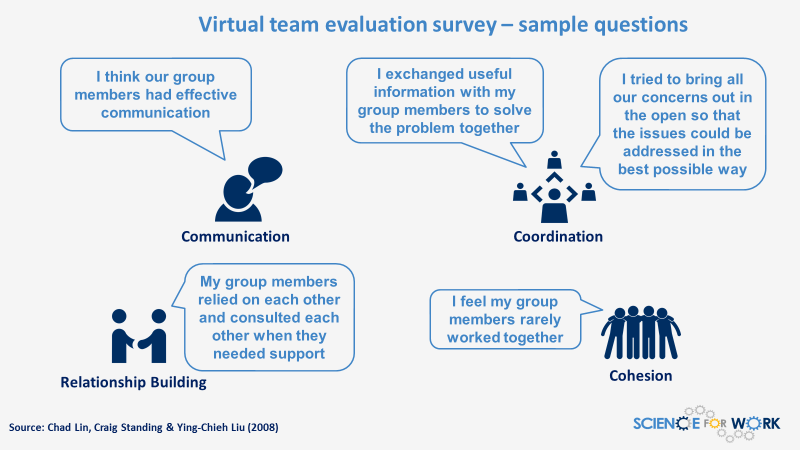Virtual Teams Have Been Made An Effective Management Tool Through:

Imagine a bustling global office, not confined by walls but connected by the invisible threads of the internet. Here, team members collaborate from sun-drenched beaches in Bali, cozy cafes in Paris, and bustling city apartments in New York. The water cooler conversations might be replaced by virtual coffee breaks, but the hum of productivity and shared purpose is undeniably present.
Virtual teams, once considered a futuristic concept or a last resort, have matured into a powerful and effective management tool. This transformation is fueled by technological advancements, evolving work cultures, and a deeper understanding of how to foster collaboration and productivity in a distributed environment. Let's explore the key ingredients that have turned virtual teams into a management mainstay.
The Rise of the Virtual Team
The concept of virtual teams isn't entirely new, but its widespread adoption is relatively recent. Initially, virtual teams were often formed out of necessity, perhaps to bring together specialists from different geographic locations or to accommodate remote workers. However, the early days were fraught with challenges: communication breakdowns, feelings of isolation, and difficulties in building trust.
According to a 2023 study by Statista, the number of people working remotely has increased by 159% since 2005. This surge has forced organizations to adapt and invest in strategies to make virtual collaboration more effective.
Technology as the Foundation
Perhaps the most significant factor in the success of virtual teams is the rapid advancement of technology. High-speed internet, cloud-based platforms, and sophisticated communication tools have made seamless collaboration possible, regardless of location.
Platforms like Slack, Microsoft Teams, and Zoom have become virtual offices, facilitating instant messaging, video conferencing, and file sharing. Project management tools like Asana and Trello help keep tasks organized, deadlines on track, and everyone informed.
"Technology has not only enabled virtual teams but has also empowered them to operate with a level of efficiency and agility that was previously unimaginable,"notes Dr. Anya Sharma, a leading researcher in remote work dynamics.
Building Trust and Connection
Beyond technology, fostering a sense of trust and connection is crucial for virtual team success. This involves intentional efforts to build relationships, encourage open communication, and create a shared sense of purpose.
Regular video calls, even for informal check-ins, can help team members feel more connected. Virtual team-building activities, such as online games or shared virtual experiences, can also foster camaraderie and build trust.
Establishing clear communication protocols is vital. Defining how and when to communicate, setting expectations for response times, and encouraging active listening can prevent misunderstandings and ensure everyone feels heard. Leaders should be *intentional* in creating opportunities for team members to connect on a personal level.
Empowering Leadership and Autonomy
Effective leadership is paramount in virtual teams. Leaders need to be skilled at managing remote employees, providing clear direction, and fostering a culture of accountability and trust.
This often involves empowering team members with autonomy, allowing them to manage their own time and tasks. When people feel trusted and empowered, they are more likely to be engaged and productive.
Harvard Business Review reports that virtual teams with strong, supportive leadership are significantly more likely to achieve their goals and maintain high levels of employee satisfaction.
The Future of Virtual Teams
As technology continues to evolve and workforces become increasingly distributed, virtual teams are poised to become even more prevalent. Organizations that embrace this shift and invest in the strategies outlined above will be well-positioned to attract and retain top talent, enhance productivity, and achieve their strategic goals.
The key lies in recognizing that virtual teams are not simply a substitute for traditional teams but rather a unique organizational structure with its own set of opportunities and challenges. Embracing the human element, even in a virtual environment, is what truly unlocks the potential of this powerful management tool. The future of work is here, and it's increasingly virtual, connected, and collaborative.


















